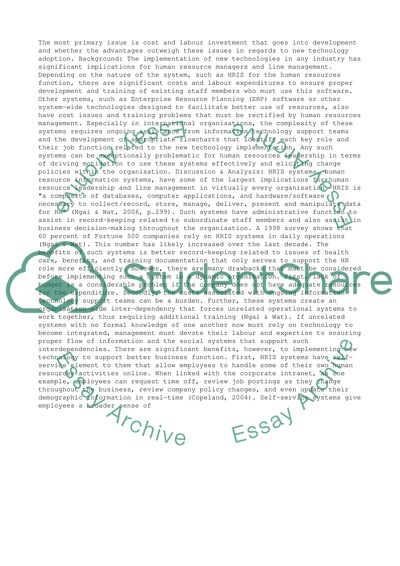Cite this document
(“The HRM implications of new technology in organisations Dissertation”, n.d.)
Retrieved de https://studentshare.org/management/1390246-executive-brief-assignment
Retrieved de https://studentshare.org/management/1390246-executive-brief-assignment
(The HRM Implications of New Technology in Organisations Dissertation)
https://studentshare.org/management/1390246-executive-brief-assignment.
https://studentshare.org/management/1390246-executive-brief-assignment.
“The HRM Implications of New Technology in Organisations Dissertation”, n.d. https://studentshare.org/management/1390246-executive-brief-assignment.


